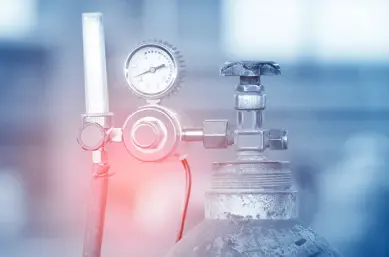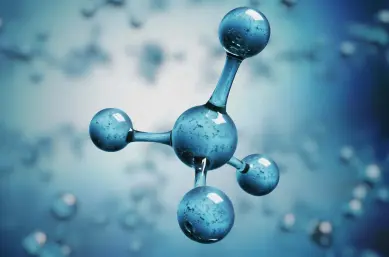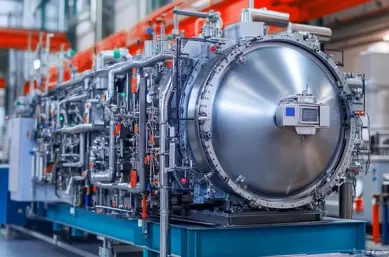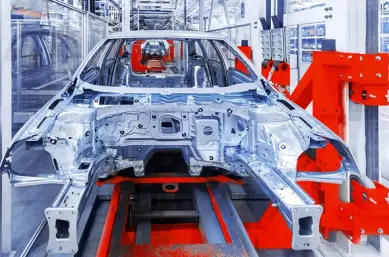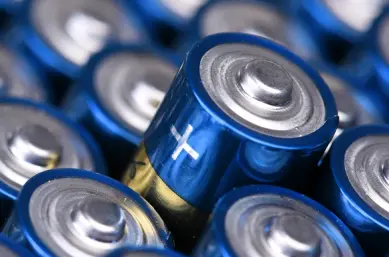Vacuum in the Automotive and Transport Industries

Living in a global world would not be possible without mobility, whether it is by car, plane – or even spaceship.
All vehicles require vacuum and leak detection during manufacturing to ensure the safety and durability of our transportation systems. Vacuum saves lives and enables research by simulating the conditions spaceships face at high altitudes. With our industry-proven solutions for leak testing, we ensure the safety of today's mobility, whether on Earth or in space.
